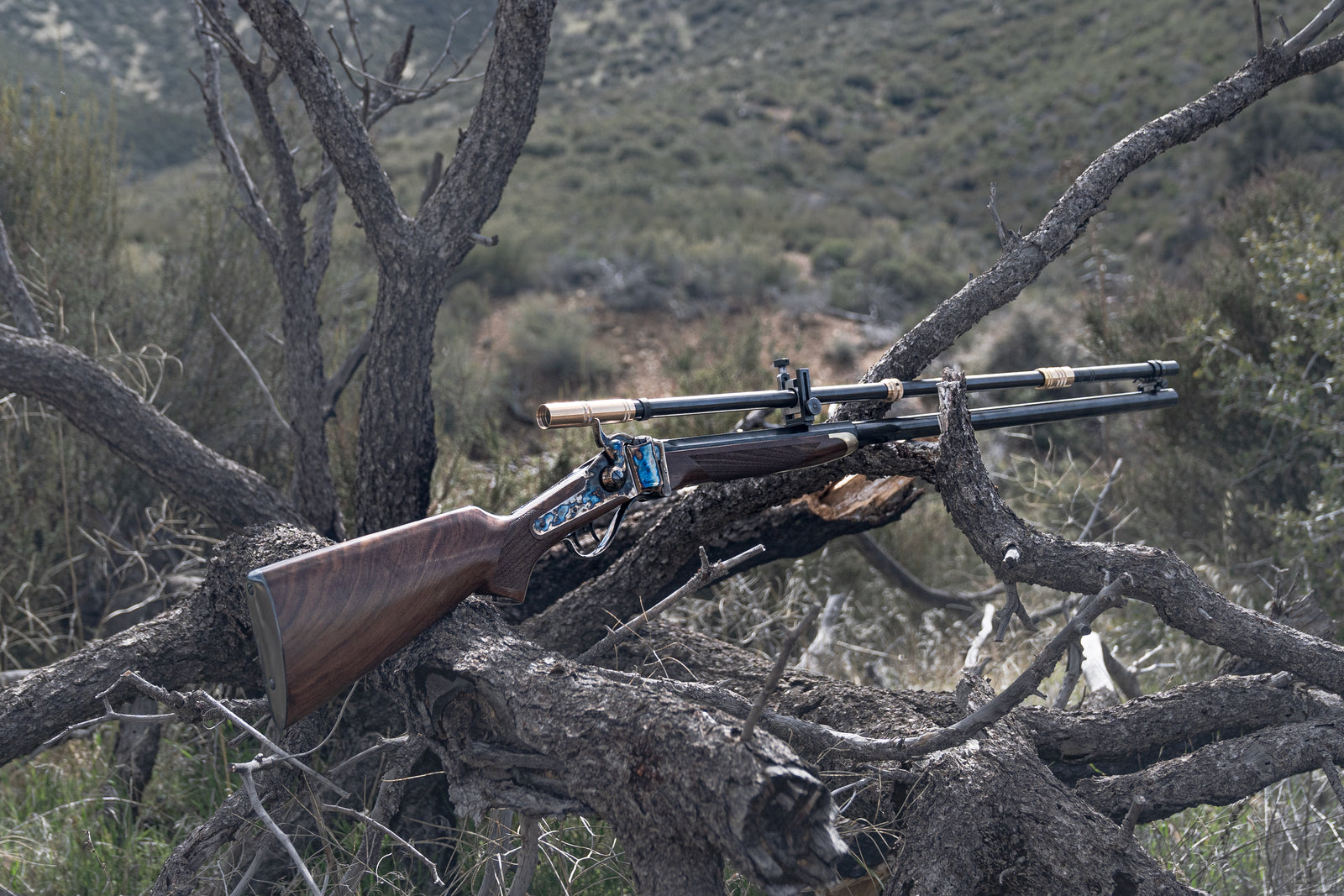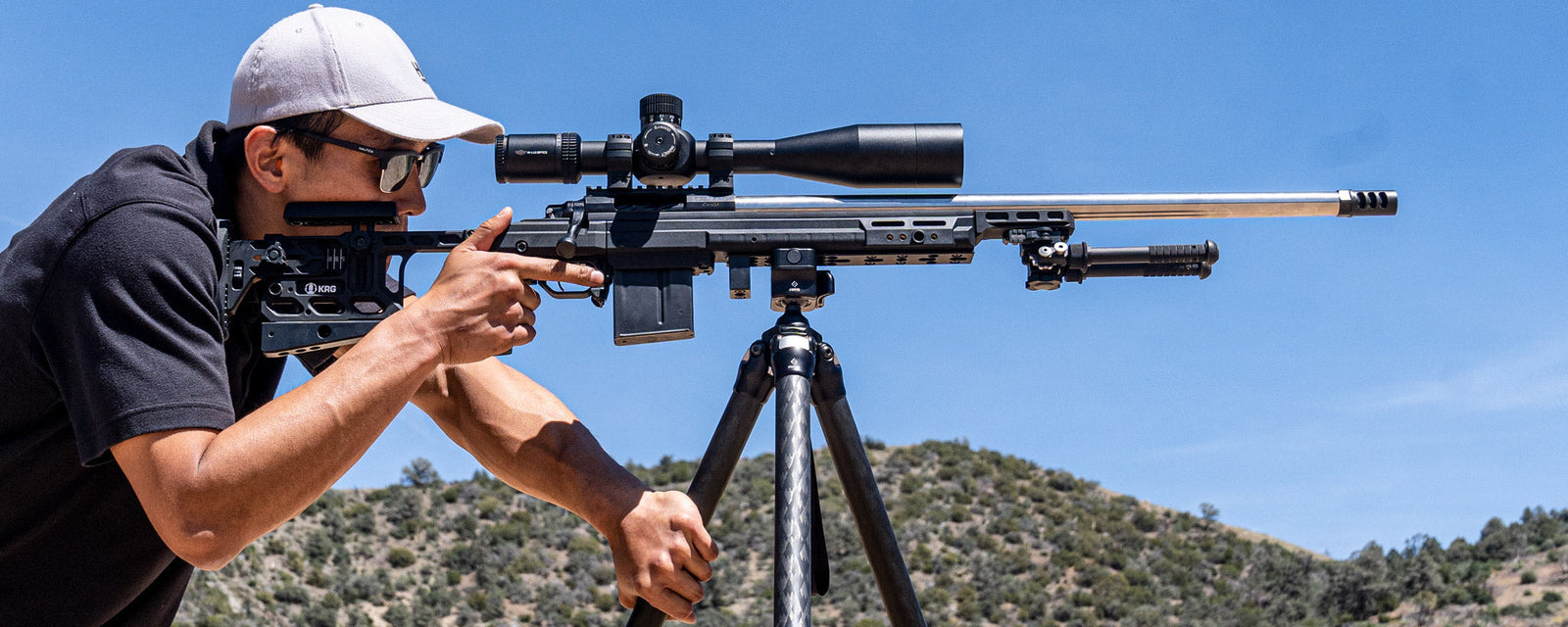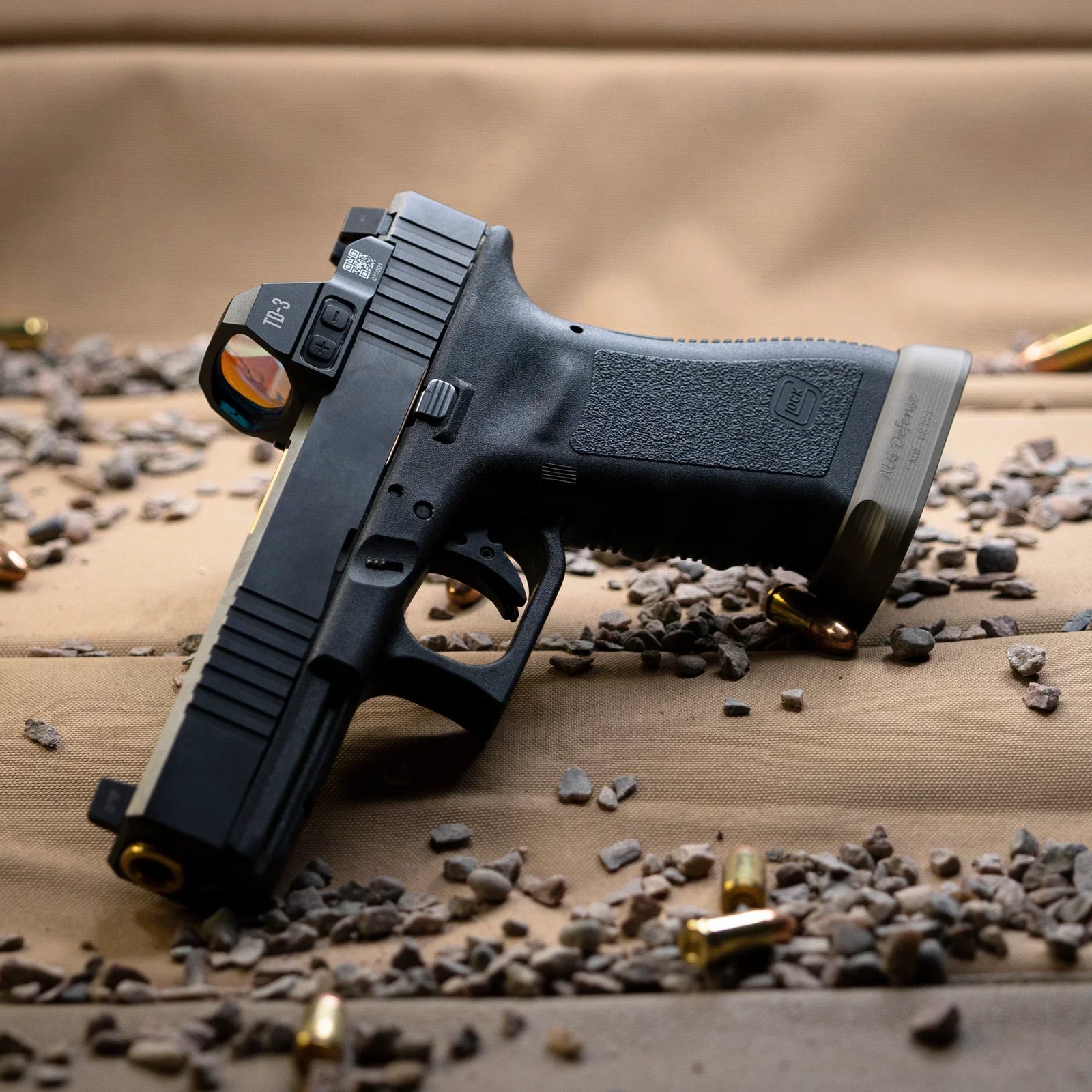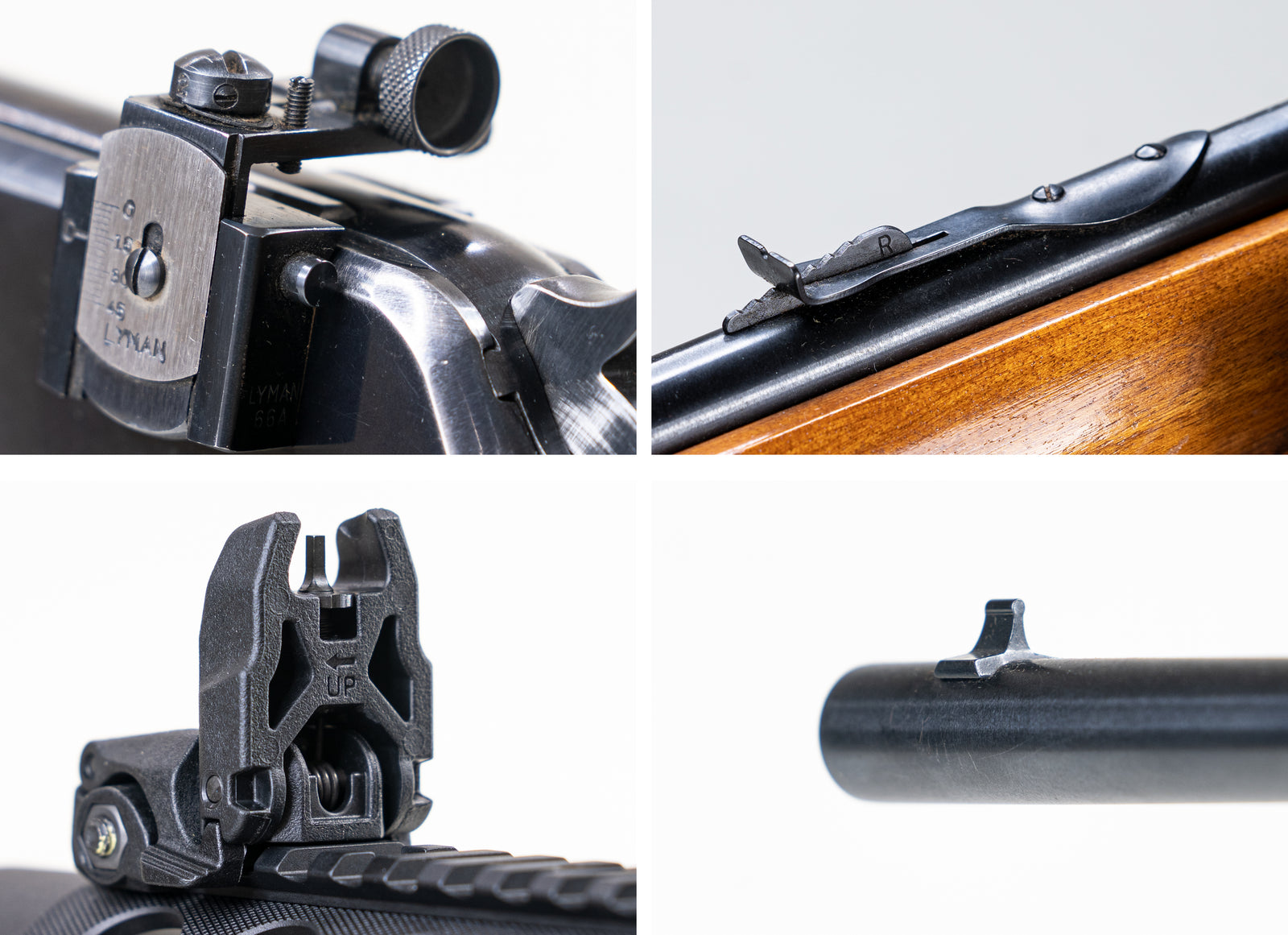Believe it or not, the atmosphere has an effect on your shots - sometimes to a significant degree.
Pressure and Density
Air pressure and density, either due to elevation or weather, is the easiest effect to envision. If the pressure is higher or the air is denser, there’s more air molecules for the bullet to punch through. This slows down the bullet. As it swings through the air at a steadily slowing speed, it’s spending longer being pulled down by gravity. It’ll land lower on the target. Meanwhile, less dense air doesn’t slow the bullet down as much. The bullet will glide on through while retaining more velocity. It’ll hit higher.
Temperature
The air temperature plays its part by increasing or decreasing the air density in an area. When the air is colder, it presses in closer together and density increases. This lowers your shot by slowing it down. When air is warmer, it lets your shot fly flatter. There’s less air to get in the way and slow it down. The greater the distance, the more these atmospheric effects can come into play.
Humidity
Humidity is a bit backwards to think about. The more humidity (water) in the air, the less dense the air is. In a liquid state, water is quite dense, However, in its gaseous state it pushes the other air molecules farther apart. Water molecules have a molecular weight of 18 (g/mol). Meanwhile, the nitrogen and oxygen molecules have weights of 28 and 32, respectively. When the lighter water molecules push their way into the air and displace the nitrogen and oxygen, the weight per volume of air drops. This results in less dense air. Maybe the thought will help you on the next humid day!
Long story short, humidity follows the other rules outlined above. Less dense air lets your bullet fly flatter and your shot land higher than expected. Dry air is denser, and your shot will lose speed to friction against the increased quantity of air molecules. The slower the bullet goes, the longer it spends being affected by gravity. Down goes the bullet.
In Summary
The long and short of it is, more stuff between your bullet and the target slows your bullet down. Less stuff, meaning the components of air, lets the bullet retain its velocity longer and keep your shot flying flatter. Of course, these are comparisons of the same round in different conditions. Take care to note how your shot flies at one set of conditions, then how it flies with changes.
Humidity has the least effect of the three. I’ve found temperature and pressure, especially in the high desert, to have a sometimes surprising amount of effect. Of course, a longer distance will show this effect more.
Testing Atmospherics
Let’s run some numbers to get an idea.
Imagine we’re getting zeroed at 100 yards. The bullet will continue to arc down as range increases, so you’ll have to point the rifle up more and more to impact a farther target. This is the amount of drop a bullet experiences.
For this look, we’ll check out a fairly standard .308 bullet. Muzzle velocity of 2750 fps. BC of 0.530 G1. 178 grain boat tail hollow point.
Getting zeroed at 100 yards, let’s pretend it’s a warm day in the desert. 100F, 50% humidity, and 29.94 inches of mercury. By 500 yards, the bullet has dropped 10.2 MOA (53 inches!). By 700 yards, that’s 17.6 MOA - Around 129 inches. Remember, the number of inches each MOA covers increases as distance increases. By 1000 yards, that’ll be 32 MOA of drop, or 335 inches.
Now let’s change the temperature. It’s cold out in the desert, dropping the temperature to 32F. This should increase air density, slowing down the bullet. Still zeroed at 100 yards, we’ll compare the drop:
|
Temperature |
100F |
32F |
|
500 yards |
10.2 MOA, 53” |
10.6MOA, 55” |
|
700 yards |
17.6 MOA, 129” |
18.5 MOA, 136” |
|
1000 yards |
32 MOA, 335” |
34.6 MOA, 363” |
Not a huge amount of change, but certainly greater than the vital zone of any animals at 1000 yards.
Now it’s time to look at the pressure. We’ll hop back up to the 100F temperature for this. Let’s pretend we’ve suddenly gone up in elevation, or a storm is rolling in. Air pressure drops. Let’s swing down to 24 inches of mercury.
|
Pressure |
29.94” |
24” |
|
500 yards |
10.2 MOA, 53” |
9.6 MOA, 50.2” |
|
700 yards |
17.6 MOA, 129” |
16.2 MOA, 119” |
|
1000 yards |
32 MOA, 335” |
28.2 MOA, 296” |
Looks like air pressure has a pretty serious effect after all! More than temperature in some regards. At 500 yards, this is roughly ½ MOA less drop. At 1000 yards, that’s 4 less MOA of drop - larger than most group sizes.
Finally, it’s time to look at humidity. Let’s jump the pressure back up to 29.94 inches. The humidity will drop down to 0% - it’s been a dry time in the desert.
| Humidity |
50% |
0% |
|
500 yards |
10.2 MOA, 53” |
10.2 MOA, 54” |
|
700 yards |
17.6 MOA, 129” |
17.7 MOA, 130” |
|
1000 yards |
32 MOA, 335” |
32.2 MOA, 338” |
Barely a noticeable effect. Only a few inches of difference out at 1000 yards. Around 10% of either of the other changes’ effects.
Shooting Far
I’d take a humid, warm day at high altitude if I wanted to reach out really far! If I’m in a valley in the crispy, cold air, I’d have to hold higher by a fair amount - or dial a few extra MOA by rotating the elevation turret the appropriate amount.





Leave a comment (all fields required)